
Rebecca

Truman
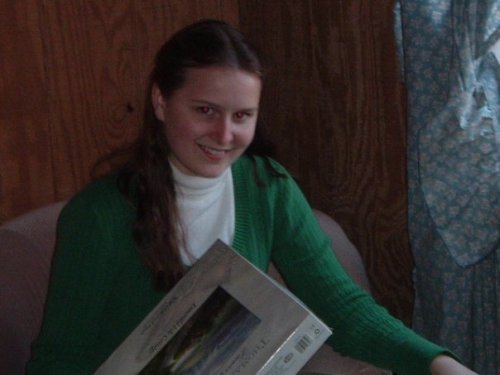
Angela

David

Laurent

Molly
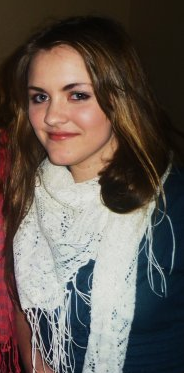
Mary

Angela

Therese
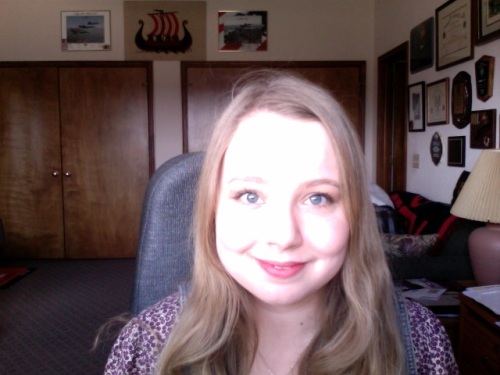
Jillian

Peter
K-12 Catholic Homeschool Program & Great Books Program
March 31, 2010
Angelicum Students, Students of our Great Books Program Leave a comment

Rebecca

Truman

Angela

David

Laurent

Molly

Mary

Angela

Therese

Jillian

Peter
March 27, 2010
Angelicum Students, Homeschooling Leave a comment

Dr. Peter Redpath, Director of the Angelicum
Below are copies of papers I will deliver later this year at KUL and in Munich (for a meeting with German bishops). They overlap a bit, but I hope you enjoy them….Best wishes, Peter Redpath
March 23, 2010
Angelicum Students, Homeschooling 1 Comment
We are very excited to bring back the Complete National Geographic for our geography course. The Angelicum offers geography in grades 3-12. The geography lesson plans follow our history program. For example, in 3rd grade we study history of Ancient Egypt. Our geography lesson plans include all of the relevant articles about Ancient and Modern Egypt from the Complete National Geographic. You can find our geography plans and the Complete National Geographic DVD program under the history links in our bookstore.
Complete National Geographic Features |
The Complete National Geographic. Every Issue since 1888. Explore 120 years of amazing discoveries fascinating maps and the world’s best photography with The Complete National Geographic. This definitive collection of every issue of National Geographic magazine digitally reproduced in stunning high resolution brings you the world and all that is in it. WIN/Mac compatible 6 DVD-Rom’s plus bonus DVD.
March 23, 2010
One of our parents sent us this article. She said she witnessed children teaching themselves Gaelic in Ireland just by watching the Teletubbies in Gaelic only.
The True Origins of Slumdog Millionaire: The Hole-in-the-Wall Project, An Experiment in Slum/Village Education (Free Article)
In 1999, a computer expert in India thought up an experiment. His office was on the edge of a vast slum. It was separated from the slum by a wall. So, he poked a hole in the wall. Into the hole he inserted a computer screen with a touch pad. Inside his office was a desktop computer. It was hooked up to the Internet. He set up a hidden video camera to make a record of what would happen.
Eight hours later, an 8-year-old boy was on-line, teaching his 6-year-old sister how to browse the Web. More children came. Within days, the computer was a phenomenon.
He took one to a village far off the beaten path. He set up another computer in a wall. The first youth to show up was a 13-year-old drop-out. The boy had never seen a television before. He assumed that this must be an interactive TV set. Within minutes, he was using the computer. He got the word out. By the end of the day, 70 children had learned to browse.
The experimenter set up a kiosk system in another village where English was not spoken. Then he left for several months. When he returned, village children had learned basic English. They could not pronounce the words accurately, but they could read them.
This experiment led to a book, which in turn led to a movie, Slumdog Millionaire.
Here is a 2-minute video on how the project works. The experimenter has told his story to a TED group. These 21 minutes will astound you. (If you have little time, begin at 7:15 into the speech.)
He concluded that children can learn in an environment without adults. They teach each other. If the payoff is high enough, they learn on their own what educators say is not possible. Computers are cheap when compared to teachers and school buildings. This is a way to supplement traditional education in poverty-filled towns and slums.
March 21, 2010
March 17, 2010
Angelicum Families, Angelicum Students, Homeschooling Leave a comment
A big thank you for our Angelicum family from Huaytu, Bolivia for these beautiful pictures of homeschooling and family life. We have added a new catagory here on Angelicum Great Books Blog called “Angelicum Families” -please send us your family/country pictures! AngelicumMailbox@aol.com




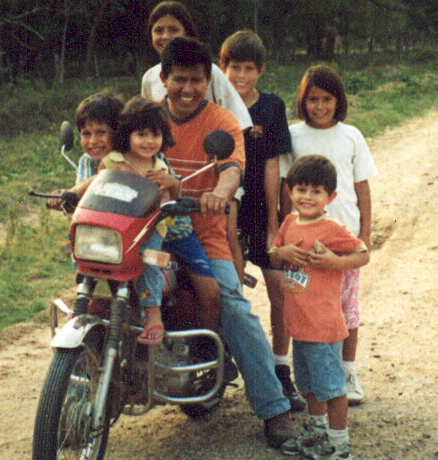

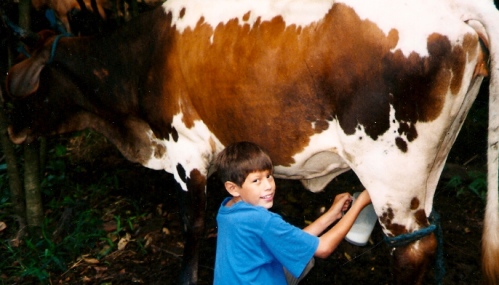








March 15, 2010
Angelicum Great Books Program, Great Books of the Western World, Homeschooling Leave a comment
 I find that more and more people have an urge to pry into such difficult subjects as science, philosophy, religion, economics and political theory. One clear sign of this is the widespread circulation of the serious books that are now found everywhere in paper-back editions. Decidedly, people want to go further and deeper in their thinking about many things which we used to feel were the monopoly of specialists and scholars.
I find that more and more people have an urge to pry into such difficult subjects as science, philosophy, religion, economics and political theory. One clear sign of this is the widespread circulation of the serious books that are now found everywhere in paper-back editions. Decidedly, people want to go further and deeper in their thinking about many things which we used to feel were the monopoly of specialists and scholars.
More often than not, however, this urge soon dries up. People find that the book which they open with high hopes of enlightenment turns out to be beyond their grasp. They think that the subject must require more background than they have, and they quit.
Actually, any book intended for the general reader can be understood if you approach it in the right way. What is the right approach? The answer lies in one important-and paradoxical-rule of reading. You should read a book through superficially before you try to master it.
 Most of us were taught in school to go to a dictionary when we met an unfamiliar word. We were told to consult an encyclopedia, scholarly commentaries or other secondary sources to get help with statements we couldn’t understand. The rule to follow on tackling a difficult book calls for exactly the opposite procedure.
Most of us were taught in school to go to a dictionary when we met an unfamiliar word. We were told to consult an encyclopedia, scholarly commentaries or other secondary sources to get help with statements we couldn’t understand. The rule to follow on tackling a difficult book calls for exactly the opposite procedure.
Look first for the things you can understand, and refuse to get bogged down in the difficult passages. Read right on past paragraphs, footnotes, arguments and references that escape you. There will be enough material which you can immediately grasp, and soon it will add up to a substantial foothold from which to climb further. The amount you understand by a quick reading-even if it is only 50 percent or less-will help you to carry some light back to the places which left you in the dark.
 The tremendous pleasure that comes from reading Shakespeare was spoiled for generations of high school students who were forced to go through Julius Caesar, Hamlet or Macbeth scene by scene, to look up all the new words and to study all the scholarly footnotes. As a result, they never really read the play. By the time they got to the end they had forgotten the beginning and lost sight of the whole. Instead of being forced to take this pedantic approach, they should have been encouraged to read the play in one sitting and discuss what they got out of that first quick reading. Then they would have been ready to study the play carefully, for they would have understood enough of it to be able to learn more.
The tremendous pleasure that comes from reading Shakespeare was spoiled for generations of high school students who were forced to go through Julius Caesar, Hamlet or Macbeth scene by scene, to look up all the new words and to study all the scholarly footnotes. As a result, they never really read the play. By the time they got to the end they had forgotten the beginning and lost sight of the whole. Instead of being forced to take this pedantic approach, they should have been encouraged to read the play in one sitting and discuss what they got out of that first quick reading. Then they would have been ready to study the play carefully, for they would have understood enough of it to be able to learn more.
The best proof of the soundness of this rule-give a book a first superficial reading-is what happens when you don’t follow it. Take a basic work in economics such as Adam Smith’s The Wealth of Nations. If you insist on understanding everything on one page before you go on to the next you won’t get very far. In your effort to master the fine points, you will miss the big points that Smith so clearly makes-about the role of the market in determining prices, the evils of monopoly, the reasons for free trade.
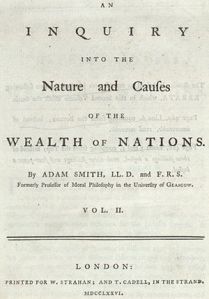 What is true of The Wealth of Nations in the field of economics is equally true of J. S. Mill’s Representative Government in the field of political theory. These books are open to the layman if he approaches them in the right way; so also are a host of other books. In religion, the writings of Martin Buber, Reinhold Niebuhr and Paul Tillich; in philosophy and psychology, the writings of William James, Segundo Freud, John Dewey, Bert rand Russell; in science, the works of Galileo, Newton, Darwin, Einstein. The writings of such specialists are probably not completely understandable by the layman, nor need they be. It is a considerable achievement if we can grasp. The essential part of what these great men are saying, about their principles, their methods and their aims.
What is true of The Wealth of Nations in the field of economics is equally true of J. S. Mill’s Representative Government in the field of political theory. These books are open to the layman if he approaches them in the right way; so also are a host of other books. In religion, the writings of Martin Buber, Reinhold Niebuhr and Paul Tillich; in philosophy and psychology, the writings of William James, Segundo Freud, John Dewey, Bert rand Russell; in science, the works of Galileo, Newton, Darwin, Einstein. The writings of such specialists are probably not completely understandable by the layman, nor need they be. It is a considerable achievement if we can grasp. The essential part of what these great men are saying, about their principles, their methods and their aims.
In addition, it is well to remember that books can be not only good friends, but also passing acquaintances. Some of them can tell us what we want to know-or all they have to tell-from a brief chat, if we use them properly.
A variation on the method of giving a book a first superficial reading is the technique of skimming. You will never get from skimming what reading and study can give you, but it is a very practical way of dealing with the mass of books available to you. By skimming you can get, often with surprising accuracy, a general sense of the contents of a book. This enables you to file the book away in your mental index so that, should occasion arise in the future, you can go back to it, dig it up and dig deeper.

Giving a book a quick once-over is also a threshing process that allows you to separate the chaff from the real kernels of nourishment. You may discover that what you get from the skimming is all the book is worth to you for the time being. It may never be worth more. But you will then at least know what the author’s leading contention is, so the time you spent with the book will not have been wasted.
For skimming or reading, the following steps are a good way to begin giving a book the once-over:
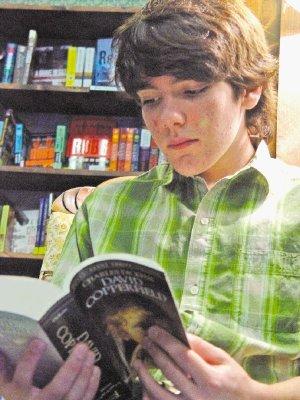 Now you are ready to read the book or skim through it, as you choose. If you vote to skim it, look at the chapters which contain pivotal passages or summary statements in their opening or closing pages. Then dip into a page here and there, reading a paragraph or two, sometimes several pages in sequence. Thumb through the book in this way, always looking for the basic pulse beat of the matter.
Now you are ready to read the book or skim through it, as you choose. If you vote to skim it, look at the chapters which contain pivotal passages or summary statements in their opening or closing pages. Then dip into a page here and there, reading a paragraph or two, sometimes several pages in sequence. Thumb through the book in this way, always looking for the basic pulse beat of the matter.
All this will add to your alertness while you read. How many times have you daydreamed through pages only to wake up to find that you have no idea of the ground you’ve been over? That cannot happen if you have a system for following a general thread.
One word of warning: if you use this approach and start to skim through a book, you may end up discovering that you aren’t skimming it at all. You are reading it, understanding it and enjoying it. When you put the book down it will be with the realization that the subject wasn’t such a tough one after all!
March 13, 2010
Angelicum Families, Angelicum Students, Homeschooling Leave a comment
This is beautifully hand-sketched by one of our Angelicum highschool students. We are so proud to see all of the artwork sent to us by our students! Remember to email us your artwork (any media is fine) to: AngelicumMailbox@aol.com
March 11, 2010
Angelicum Students, Homeschooling 1 Comment

“I’m writing to tell you that Jack has won a scholarship to one of Australia’s most prestigious private schools. Jack has won a scholarship to Scotch College(which is a private high school) for years 9-12. It is arguably one of the finest and most expensive private schools in Australia. The scholarship covers his tuition for years 9-12, worth approximately $60,000 US dollars. We are so proud of him and so thankful to everyone who made it possible, including the Angelicum Academy. I really believe that the depth and breadth of the reading list you provide put him over the top in his scholarship interview. The principal asked him to discuss his favourite authours and not many high school children can say that they’ve ever read G.A. Henty or Jules Verne, or even heard of them for that matter! Thank you!” A. V. M.
March 10, 2010
Angelicum Great Books Program, Homeschooling, Students of our Great Books Program Leave a comment
Check out the award winning videos below by our Great Books Student, Hunter Gill. Hunter won 3rd place with C-SPAN’s StudentCam 2010 competition. Congratulations on a job well done!